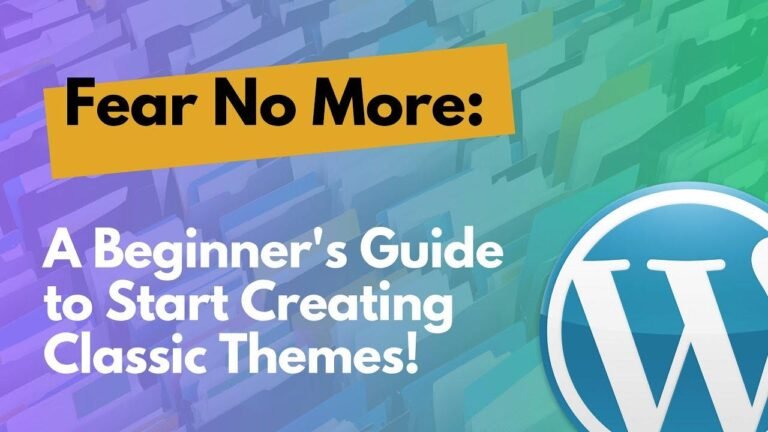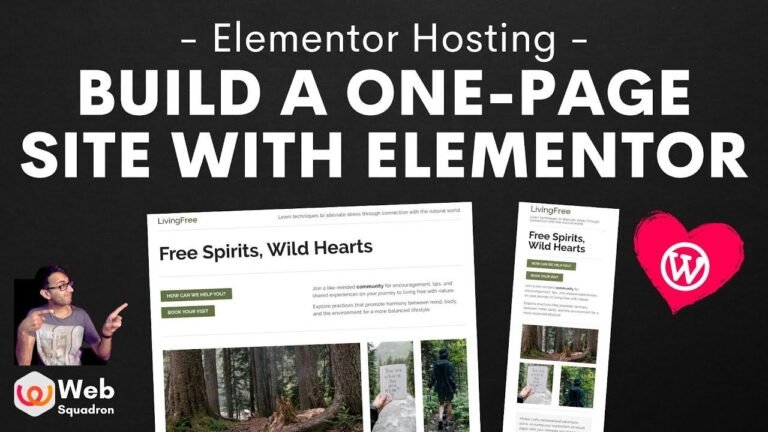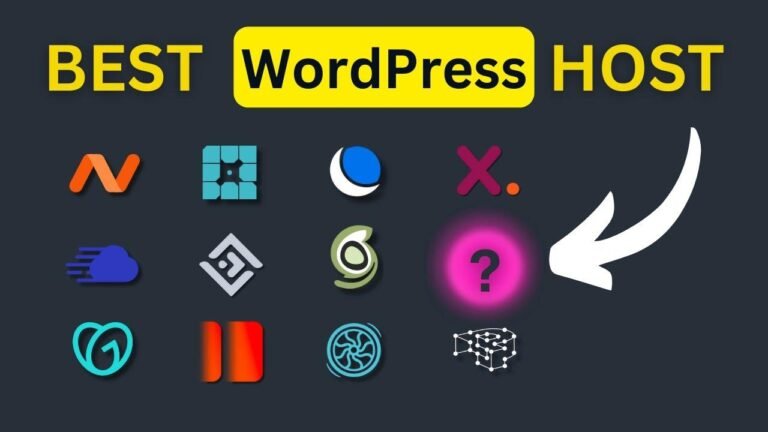This new feature coming to WordPress is a total game-changer! It’s going to make building and managing websites so much easier. Most page builders don’t offer this kind of capability, but with partially synced patterns, you can keep the style and structure in sync while having individualized content. It’s like having the best of both worlds! Get ready for some epic changes in WordPress! 😎🚀
The Game Changer 👾
The upcoming feature in WordPress, called partially synced patterns, is set to revolutionize website building. It will make the process of building, managing, and maintaining websites faster and easier. This feature, which is expected to be included in the next version of WordPress, is a major development that will benefit all users.
Key Takeaways:
| Feature | Benefit |
|---|---|
| Partially Synced Patterns | Faster and easier website building process |
| Availability | Expected to be included in the next WordPress version |
| Implications | Game-changing for all WordPress users |
Understanding the Feature 🛠️
What are Partially Synced Patterns?
Partially synced patterns allow users to keep the style and structure of design elements synchronized while also having the flexibility to have individualized content based on where these elements are placed. This is a unique capability that is not currently offered by most page builder plugins in the market.
Comparison to Existing Page Builders
This feature differs from the capabilities of regular page builders, which typically only allow users to save a section as a template and use it individually in different parts of the website. In contrast, partially synced patterns offer a more advanced level of control over the synchronization of design elements.
How it Works 🔧
The process of implementing partially synced patterns involves enabling an experimental plugin, creating a new page, and using the patterns feature to turn design elements into partially synced patterns.
| Steps |
|---|
| Visit tr.new to create a new WordPress site |
| Install and activate the Gutenberg plugin |
| Enable the partially synced patterns feature |
| Create a new page and add a pattern to the layout |
User Experience 🎨
The user experience of using partially synced patterns is demonstrated through a step-by-step guide on creating and using these patterns. The example shows how changes made to a design element are reflected throughout the website while still allowing for individualized content.
| New Page Creation |
|---|
| Step 1: Visit tr.new for a new site |
| Step 2: Install and activate Gutenberg |
| Step 3: Enable the patterns feature |
| Step 4: Create a new page and add a pattern |
Industry Implications 🌐
The introduction of partially synced patterns is expected to have a significant impact on the WordPress ecosystem, especially for developers and designers who rely on the platform for building websites. It is likely to influence the development of block editors and other page building tools in the market.
Expert Opinion 🌟
Kevin Giri, a prominent advocate for building maintainable websites, has expressed his excitement for partially synced patterns. He believes that this feature will greatly enhance the potential of the block editor and open up new possibilities for easily maintained sites.
Quote: "Partially sync patterns give you a single source of truth for the styling as well as some of the HTML, PHP, and JS associated with the block." – Kevin Giri
Conclusion 🏁
The introduction of partially synced patterns in WordPress is a highly anticipated development that will significantly enhance the flexibility and functionality of website building and design. With its potential to streamline the maintenance of websites, this feature has the industry buzzing with excitement.
Have your say: Share your thoughts on partially synced patterns and how you plan to incorporate them into your workflow. Let’s start a conversation!
I hope this article has given you a comprehensive overview of this upcoming game-changing feature. Stay tuned for more updates and tutorials on the channel.
Remember, when in doubt, you can always visit try.new to explore new possibilities and experiment with WordPress. Thanks for watching and see you in the next video! 🚀




![2024 PETRONAS Malaysia Open: Kang/Seo (KOR) [6] to face off against Rankireddy/Shetty (IND) [2] in the SF.](https://wpdanz.com/wp-content/uploads/2024/01/WP-20240114104002-012788-768x432.jpg)

